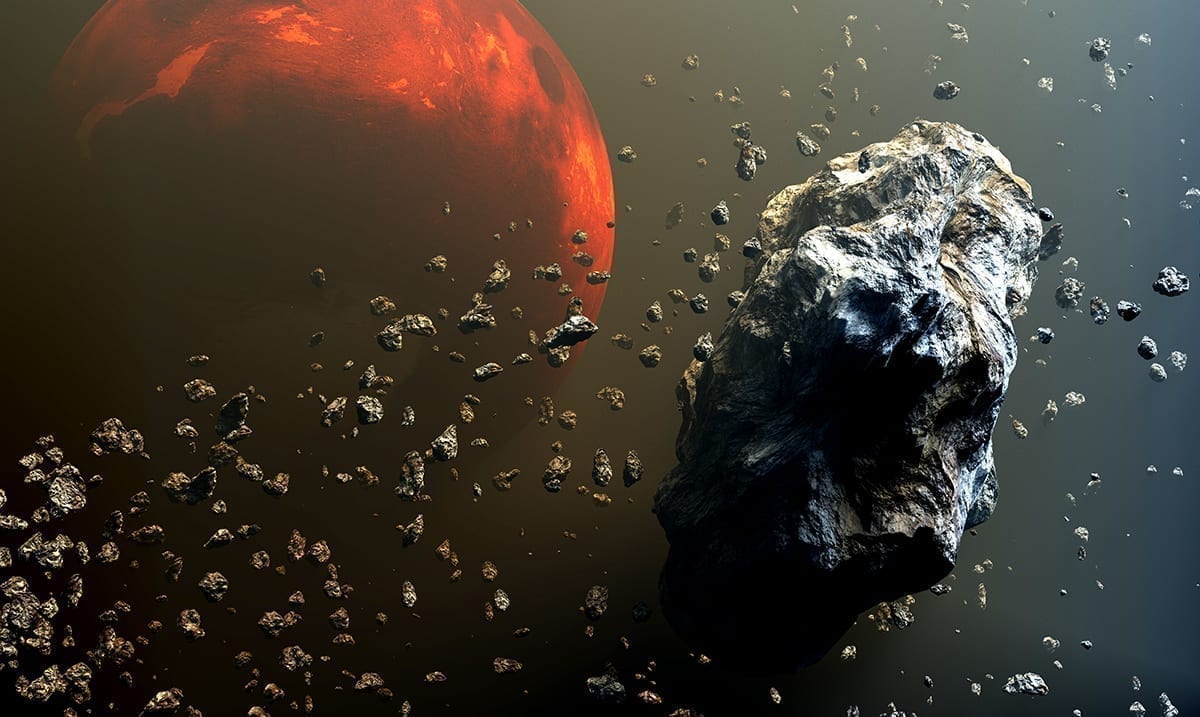There are tons of things out there in space we do not know about just yet, as a matter of fact, we’re discovering new things all the time. Actually each year we come across asteroids we’ve never noticed before and lots of other interstellar things.
It seems even now we’re still finding new things as a team of researchers has managed to identify 19 asteroids that they believe were captured from another star when our Solar System was much younger. This based on how they move around the Sun itself. These new findings are quite mind-blowing for a number of reasons.
The study accompanying their work basically identifies the first known population of asteroids that came from outside of our SS as a whole. Findings on this were published in the journal Monthly Notices of the Royal Astronomical Society and goes over how these objects are believed to have been captured from other stars ‘billions of years ago’ and how they’ve been orbiting our Sun ever since. I know, this might sound like a lot but stay with me.
On this topic lead author of the study Dr. Fathi Namouni said as follows in a release posted by the Royal Astronomical Society:
“The close proximity of the stars meant that they felt each other’s gravity much more strongly in those early days than they do today,”
“This enabled asteroids to be pulled from one-star system to another.”
This in many ways is a very big step towards a better understanding of how Solar Systems work overall and how interstellar asteroids ended up as they are. The more we learn about them the more we may come to understand how they were captured overall. While these asteroids were hiding in plain sight, they went unnoticed for quite some time.
MSN reported as follows on this topic:
Interstellar visitors such as the comets Oumuamua and 2l/Borisov have caused excitement, in part because they represent the first known times that humanity has been so near to an object from another distant solar system. But a new study suggests that such visitors might have been alongside us all along.
The researchers suggest that the objects came from other stars, billions of years ago, and have been orbiting around our Sun undiscovered ever since.
The objects were first pulled out of another solar system in the relatively early days of the universe, when the stars were closer together and so upset each other’s gravity more easily. This enabled asteroids to be pulled from one star system to another,” said Fathi Namouni, lead author of the study, in a statement.
Just as with those other visitors, researchers hope they can use the objects to understand the differences between objects that have spent all of their time in our solar system and those alien visitors.
“The discovery of a whole population of asteroids of interstellar origin is an important step in understanding the physical and chemical similarities and differences between solar system-born and interstellar asteroids,” commented Dr. Morais.
The researchers came upon the discovery after running computer simulations that allowed them to look at how the solar system may have looked in its earliest days. When they looked the asteroids in question, they found they were orbiting the Sun in a distant region beyond the disc of gas and dust that would form the rest of the asteroids, and along a different orbit to the other planets and asteroids.
What do you think about all of this? I for one find it to be truly fascinating. Who knows what else we may come to understand better as time passes?

